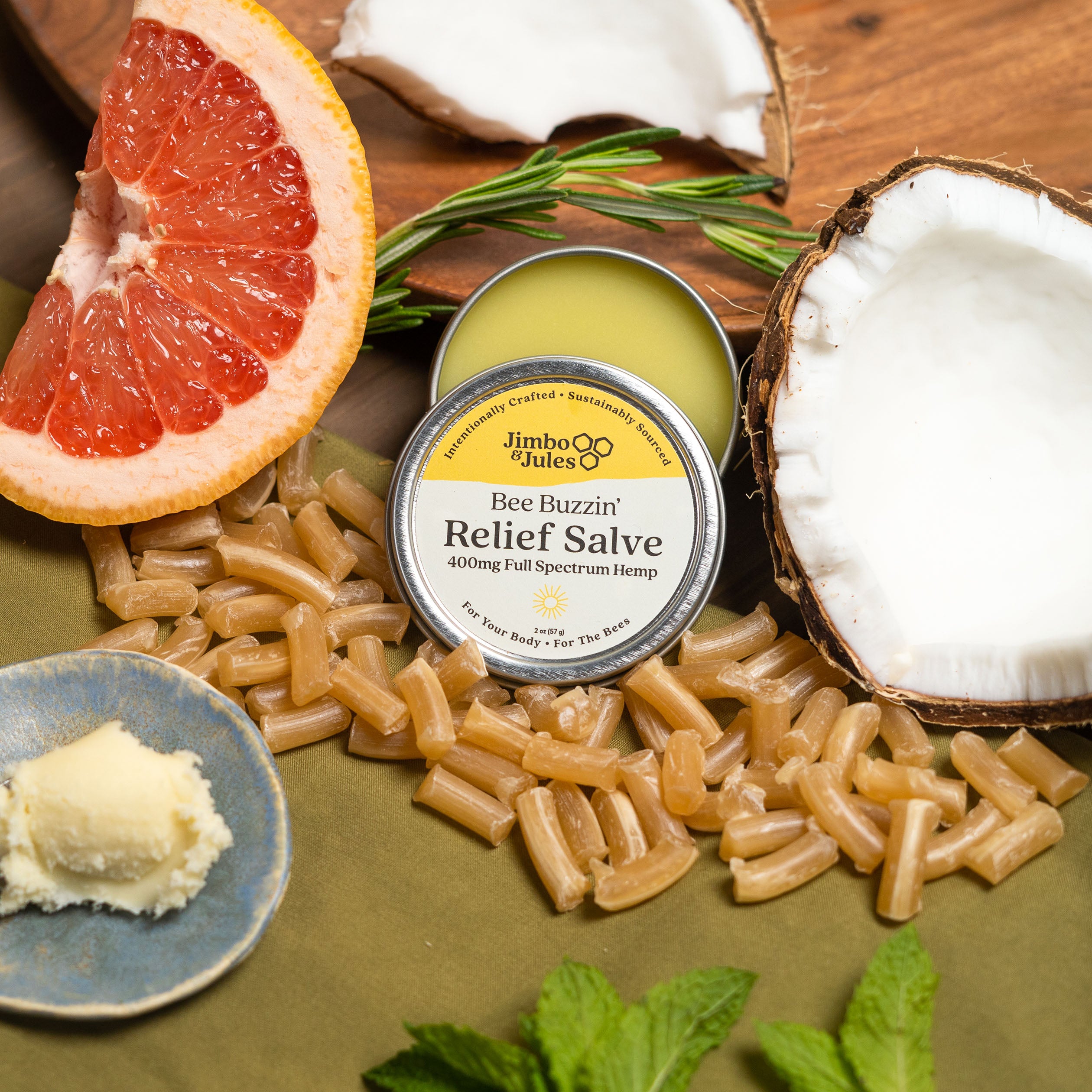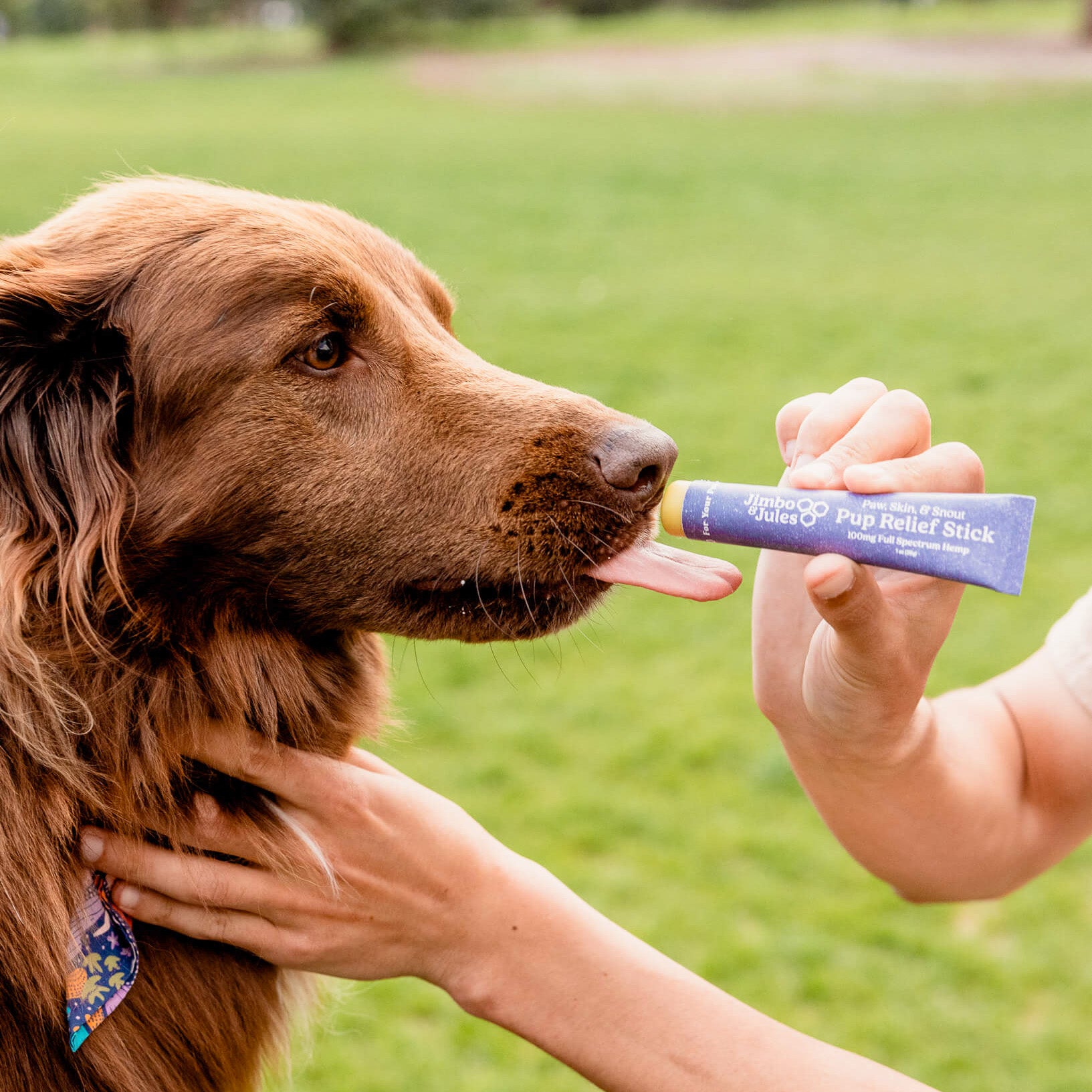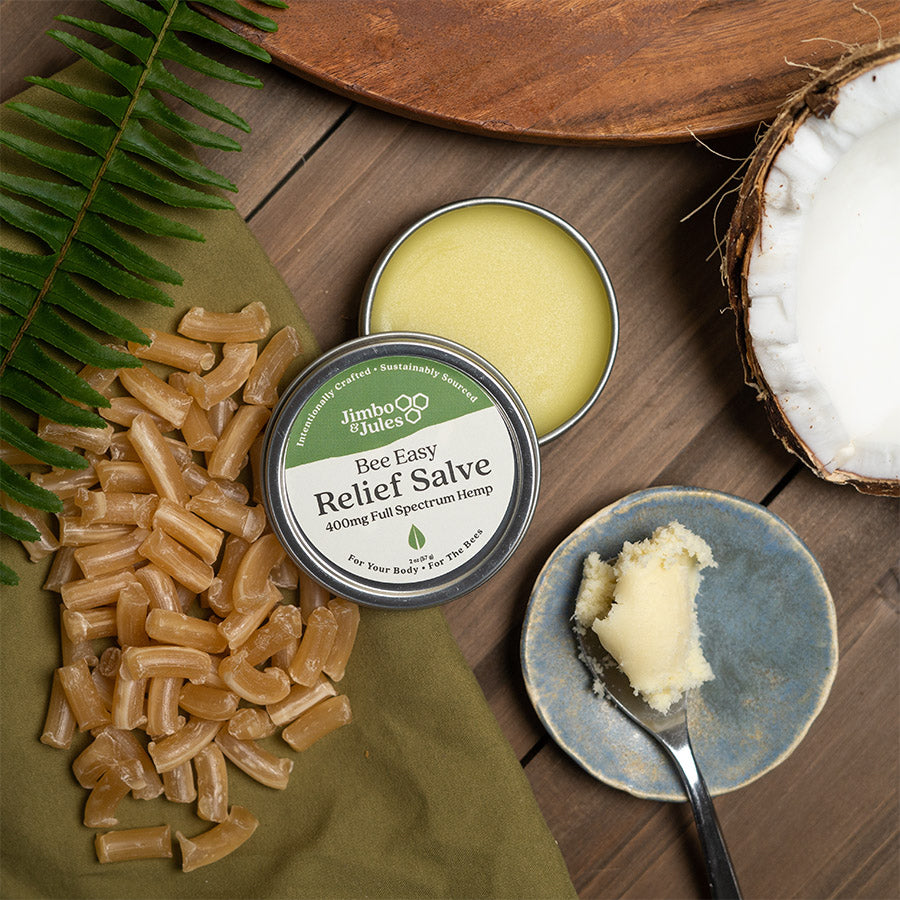CBD is a hot topic these days, and if you read part I, you know that’s for good reason! But if you take a stroll down your local grocery store’s shiny CBD aisle, you might also find it to be the most confusing product on the market.
Now that we’ve taken a closer look at cannabis, CBD, and their relationship with your body’s balancing systems, I’d like to give you a guide to navigating the CBD shelf.
Different names for the same thing? Sometimes… but not always
CBD products go by many names: hemp extract, pure CBD, THC-free CBD… the list goes on. If you’ve found yourself wondering, “what in the world is the difference?”, you’ve come to the right place! In reality, there are three different forms that CBD can come in. They are: CBD Isolate, broad-spectrum, and full spectrum. I’ll break down what they mean and how you can spot the difference.
CBD Isolate
CBD Isolate is exactly what it sounds like: the isolated Cannabidiol (CBD) compound. Many CBD products on the market are made with Isolate, mostly because it is the cheapest form. Isolate is a white powdery material that is made by putting hemp through a chemical process to extract the CBD compound.

How do you know it’s Isolate? This is probably the trickiest one to identify, as different brands tend to label it very differently. “Pure CBD” is Isolate. “THC-free CBD” is sometimes Isolate. To make it simple, any product that says “CBD” and has no other language specifying broad- or full spectrum is almost certainly made with CBD Isolate.
The tricky thing with CBD Isolate is its efficacy. Studies show that it creates a bell-shaped curve of effectiveness at different dosages, and those doses vary with the individual. So, there’s one ideal dose for me, and a different ideal dose for you; and any more or any less becomes increasingly less effective. This means that a highly concentrated isolate product, while it seems enticing, may actually be less effective than a lower dose.
Broad-Spectrum
There are a couple of big benefits to broad-spectrum; for one, it is generally easier to identify. Most broad-spectrum products will be labeled as such, either with “broad-spectrum CBD,” or, “broad-spectrum hemp extract.” Products labeled “THC-free CBD oil” or “CBD distillate” can also be broad-spectrum, and will usually specify somewhere on the packaging.
The other plus is that it carries the benefits of multiple compounds, without any trace of THC. So if you are someone who’s nervous about having even the tiniest trace of THC in your system, broad-spectrum may be a good choice!
The downside is that like isolate, broad-spectrum typically must go through some chemical processing to remove the THC. And, of course, you’re missing out on an incredibly therapeutic, albeit misunderstood, compound. (More on that in a moment.)
Full Spectrum CBD
That brings us to full spectrum CBD, also labeled as Full Spectrum Hemp Oil or full spectrum CBD oil. Full spectrum has got it all. It is essentially a distilled version of the entire hemp flower, with all the beneficial, naturally occurring compounds and chemicals packed in alongside the CBD - just like nature intended.

Let me tell you a little bit more about why that’s such a good thing.
Presenting: The Entourage Effect
Broad and full spectrum are so special because they take advantage of a very cool natural phenomenon, which has been coined “the entourage effect.”
The entourage effect, in simple terms, is essentially this: when used together, each individual component of the hemp plant becomes stronger. To put it in other, more cliche terms, the whole is greater than the sum of its parts. To sum it up in one word: synergy.

So, CBD’s benefits become even stronger when it has its naturally occurring buddies along for the ride. That’s enough for us to say, “awesome, we’re in!” But it gets even better when you realize that these other compounds are also amazing.
CBD has had the spotlight for a while, and for good reason. It is an incredible compound with profound healing potential. But have you heard of CBG? CBC? CBN? Hemp is full of phytocannabinoids other than THC and CBD, and many are currently being researched for their own positive effects. It’s entirely possible that in the near future, new discoveries will catapult one of these other cannabinoids into the spotlight.
So why wouldn’t you want to maximize the benefit you get from your CBD? Full spectrum does that for you!
And, if you’re wondering about the efficacy of broad and full spectrum versus that of isolate: the entourage effect makes it much more simple. It’s linear. The higher the dose, the stronger the effect, and even low doses can be beneficial when used consistently.
I’d be remiss if I didn’t give THC some love here, too. This amazing compound has been largely villainized in our culture because of the “war on drugs,” as it’s the cannabis component that can get you high. As of now, hemp is federally legal, and marijuana is not. The difference between them lies with THC: hemp can not exceed a 0.3% THC concentration. This means that no legal hemp product will get you high.
But that doesn’t mean even a tiny touch of THC is useless; on the contrary, studies have shown that the synergy between CBD and THC is quite profound. Both of these compounds are well-researched for their immense benefits to the body. And thanks to the entourage effect, they are even better together!
Who else is invited to the full spectrum party?
Cannabinoids are not the only ones contributing to this synergy; there are also other classes of chemicals that play big roles in the hemp plant and its distillate. The most abundant of these are called terpenes.
Terpenes
Terpenes are the essential oils of the hemp plant. They represent the largest category of chemicals found in hemp, with over 140 identified and counting. Your brain may think you’re unfamiliar with terpenes, but your body knows them very well!
Terpenes are produced by a wide array of plants, and are often responsible for their smell. For example, the main terpene in citrus fruit is called limonene, which is often extracted and used in chemical cleaning products! Another very commonly used terpene is menthol, found in peppermint, and known for its cooling and stimulating effects. Lavender’s calming terpene, linalool, is used commercially in perfumes.
Much like cannabinoids, terpenes are able to stimulate neurotransmitter systems and interact with the body. Terpenes are largely what give essential oils their olfactory effects. (Think: lavender smell = calm, peppermint smell = energized.)
Terpenes also tend to have synergistic interactions with each other and with other compounds (you guessed it: cannabinoids). So, yes, they’re a part of the entourage, bringing even more power to the full spectrum party.
Gummies, vapes, creams... which product type is best?
Understanding the different types of CBD is one thing, but knowing how to choose the right kind of product to buy is another. It seems like you can get CBD-infused anything these days - coffee, muffins, lollipops, even… toothpicks?
Ingestibles
Unsurprisingly, our culture’s favorite way to enjoy CBD is by eating it in something yummy. So I’ll start there... and unfortunately, I’ve got some bad news. When we eat CBD, it plunges right into a fiery pit of stomach acid, which can kill over 40% of the compound before it even gets into your system. So, that 30mg gummy you ate is likely only providing you an 18mg dose at most. Bummer, right?
Luckily, there’s a way to get past that hurdle and still get to ingest your CBD. We call it swishing. Your gums and cheeks are full of capillaries, making them quick access points to your bloodstream. By placing CBD-infused oil under your tongue and swishing it around your mouth for 30-60 seconds or so before swallowing, you’re ensuring a much higher absorption rate.

Taking CBD in this way introduces it straight into your bloodstream, which provides a systemic effect. So, oral CBD products are great for systemic issues, such as sleeplessness, anxiety, and autoimmune conditions.
But what about your bum knee, or recent surgery? Oral CBD can help with that, too - but in this situation, you might seek out a topical product.
Topicals
Topicals - like creams, salves, roll-ons, and massage oils - provide targeted relief to the specific area you apply it. Topicals are best for surface ailments, like muscle aches and pains; and they can also be incredibly nourishing for the skin.
While localized relief can significantly improve one's quality of life, especially when dealing with chronic pain or an injury, many find that combining a topical with an ingestible will be most effective for achieving long-term wellness goals.
With that in mind, we craft our topical products with proprietary essential oil blends in order to produce a more systemic effect through aromatherapy. Our olfactory system, or sense of smell, is incredibly powerful and different aroma's will trigger downstream reactions in the brain.
Take linalool for example, which I mentioned above is one of the main terpenes in lavender. Not only does it smell heavenly, but a recent study found that inhaling lavender oil reduces the binding potential at the 5HT1A receptor. This receptor is often very active in individuals that struggle with anxiety.
Lavender is one of our favorite oils here at J&J, and can be experienced in our Bee Easy and Sleep Sweet Roll-Ons, Bee Easy Salve, and Soothe Like Honey Massage Oil.
Combining the systemic effect of aromatherapy with the targeted relief of topicals is the best of both worlds!
Now that leaves one last method of CBD consumption: inhaling it.
Vaping & Smoking
You can smoke hemp flower much like one would smoke cannabis, or you can inhale vaporized oil with a vaporizer device. This method provides the most immediate systemic effect because it crosses the blood-brain barrier very quickly. This can be a great option for acute situations, such as an anxiety attack.
*Please note: if you wish to vape CBD, always be sure to use a high-quality vaporizer from a trusted source, as cheap or “bootleg” devices can be dangerous!
The power lies in you
I hope that this post has made you feel more empowered to make a sound CBD choice for your specific needs. This new market has birthed thousands of CBD businesses competing hard to win you over. Unfortunately, this often leads some companies to try and pull the wool over your eyes in order to sell you a low-quality, unethically made, or otherwise misrepresented product.
I encourage you to realize and utilize your immense power as a CBD consumer! You have the right to understand what you are purchasing, and any well-meaning CBD business will be willing and able to answer all your questions about ingredient sourcing and product potency.
To understand the CBD products you use is to take control of your wellness journey, and to get the most out of the amazing health potential of hemp! We all deserve to experience the wellness that our planet - and its plants - has to offer.








